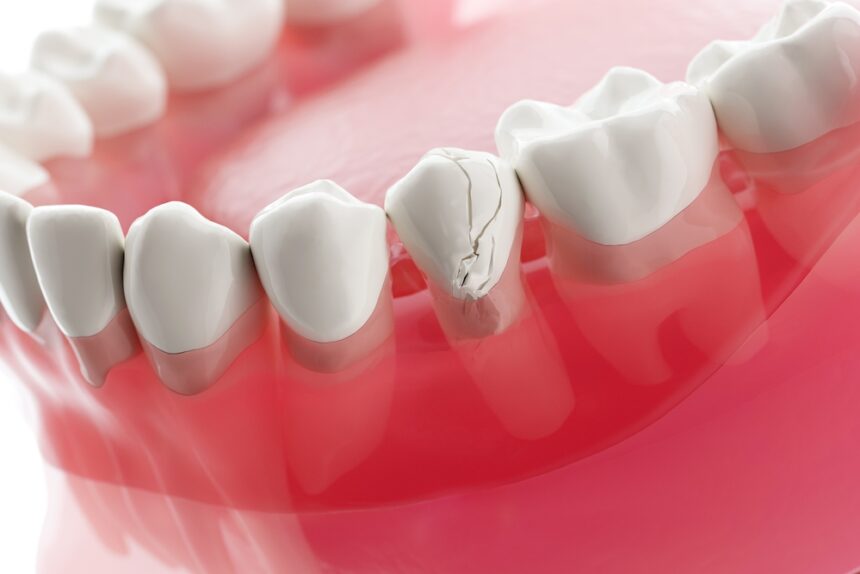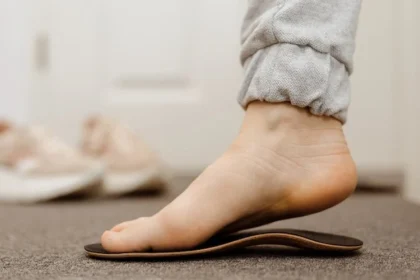Cracked teeth occur when the structure of a tooth fractures or splits. The nature of the damage varies, ranging from small, subtle lines to larger breaks that extend below the gum line. This condition affects the integrity of the tooth, and it may lead to further complications, such as infection, if left untreated. Here are some common causes and treatments for cracked teeth:
Identifying Causes of Tooth Fractures
Multiple circumstances and behavioral patterns can place stress on teeth, making them vulnerable to cracks. A combination of external forces and internal stressors may weaken tooth structure over time. Bruxism involves repeatedly grinding or clenching your teeth, often during sleep, and it places excessive force on the enamel. Chewing hard objects, such as ice cubes, hard candies, or unpopped popcorn kernels, is another factor that contributes to cracks.
Larger dental fillings may compromise tooth integrity, making teeth less able to withstand pressure. Physical trauma is an additional cause of cracked teeth. Sports-related contact or accidental injury can directly impact the enamel, producing visible or hidden fractures over time.
Recognizing Signs of Tooth Cracks
Symptoms associated with cracked teeth differ according to the depth and location of each fracture. Not all cracks are immediately noticeable. Some small cracks are visible, but others remain microscopic and require professional evaluation for detection. When a tooth fracture occurs, you may experience:
- Intermittent pain, particularly while chewing or releasing a bite, as movement can subtly open or close a crack.
- Sensitivity when consuming hot, cold, or very sweet foods, which may signal exposure of the tooth’s inner layer.
- Swelling in the gum surrounding a tooth, sometimes emerging if the crack becomes irritated or leads to further concerns.
Exploring Treatment Approaches and Management
Treatment for a cracked tooth depends on the type and severity of the crack. A key goal in management is to reduce discomfort and maintain as much healthy tooth structure as possible. Superficial cracks are known as craze lines, and they occur in the enamel. These may not require intervention. For more pronounced fractures, a dental professional may recommend dental bonding, where composite resin fills the crack, restoring structure.
In cases where the damage involves both the enamel and underlying layers, a dental crown is a possible treatment option. Dentists may use the crown to cover and reinforce the tooth. Some severe fractures that reach the pulp prompt procedures aimed at saving the tooth’s function, such as root canal therapy. This procedure removes damaged or infected pulp and seals the tooth to prevent further infection. In situations where the tooth is irreparably damaged, extraction may be necessary, followed by options like dental implants or bridges to restore function and aesthetics.
Implementing Preventive Strategies
To reduce the risk of cracked teeth, avoid chewing hard items, and refrain from using your teeth for tasks other than eating, such as opening packaging. Wearing a mouthguard during sports is another fundamental way to minimize the risk of trauma. If you are prone to grinding your teeth at night, it may be helpful to obtain a custom-fitted nightguard to distribute pressure and protect your teeth.
Practicing good oral hygiene, such as regular brushing, flossing, and routine professional evaluations, supports strong and resilient teeth. You should also schedule regular dental checkups. These visits provide an opportunity for a professional to examine your teeth and identify small cracks before they progress into larger structural concerns.
Find Professional Treatment for Cracked Teeth
Cracked teeth can result from daily habits, physical impacts, or structural weaknesses. Understanding the causes and recognizing the symptoms helps maintain long-term oral health. If you suspect a cracked tooth or experience persistent symptoms, prompt evaluation by a dental professional is key. Visit a specialist today to safeguard your teeth and maintain a healthy smile.









